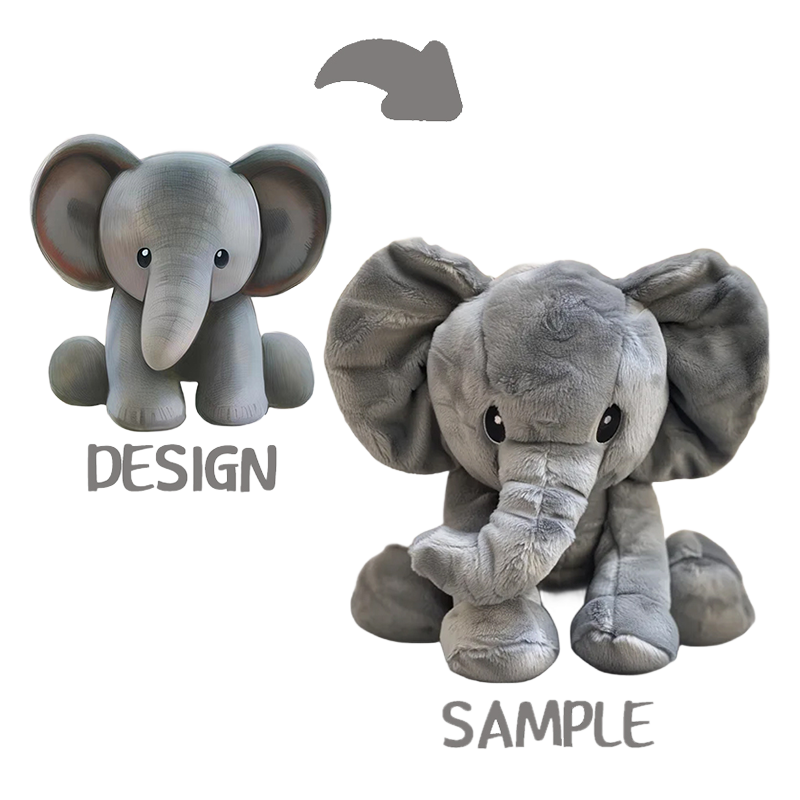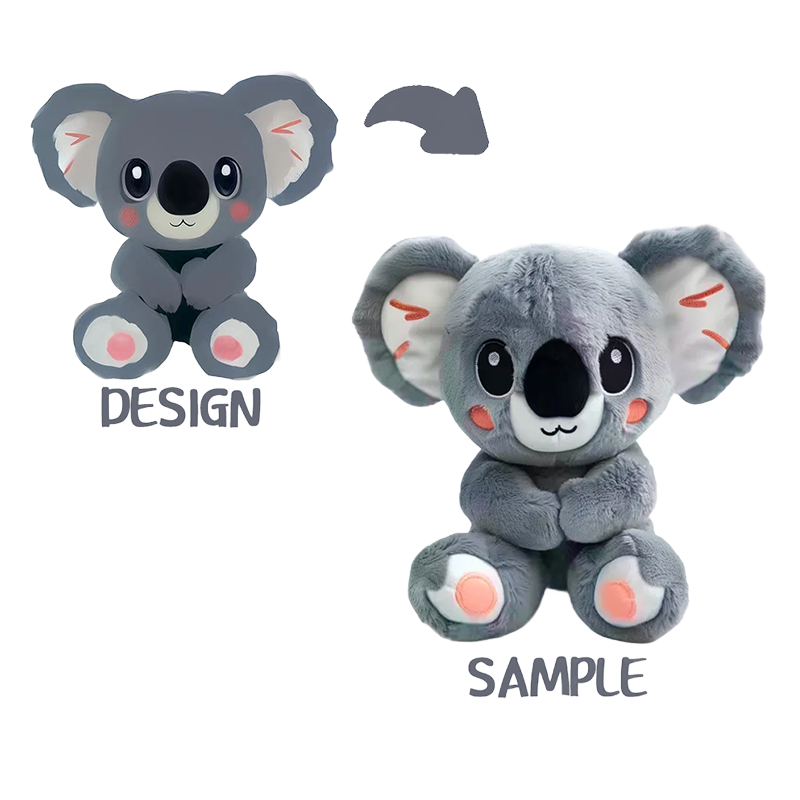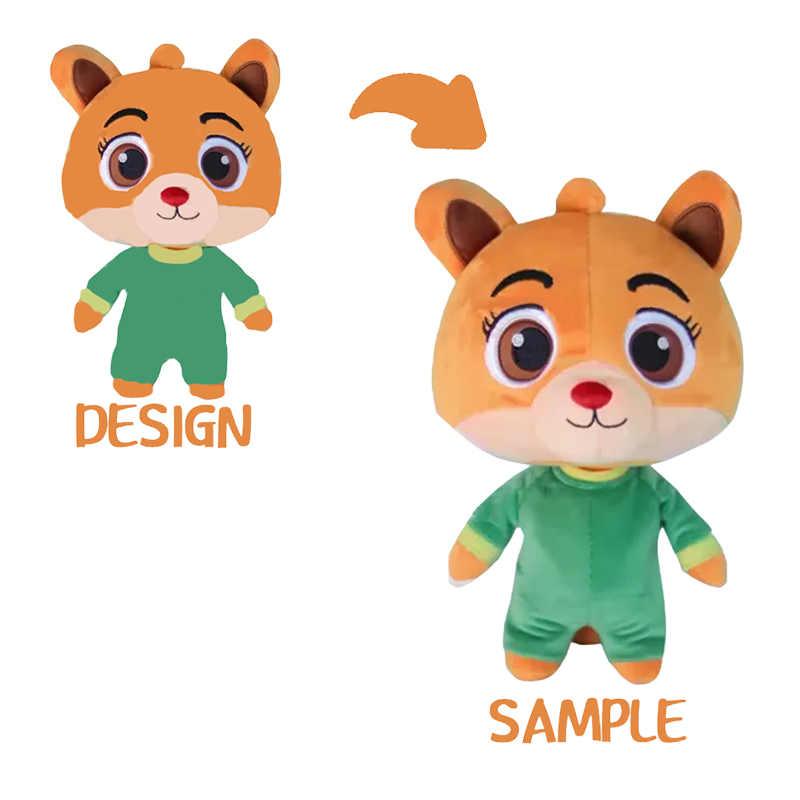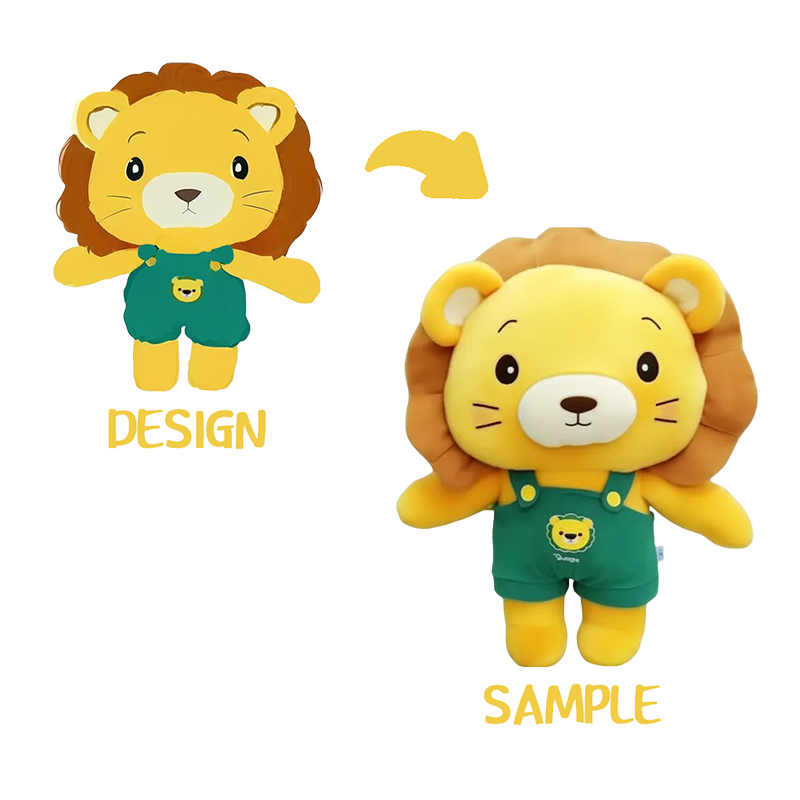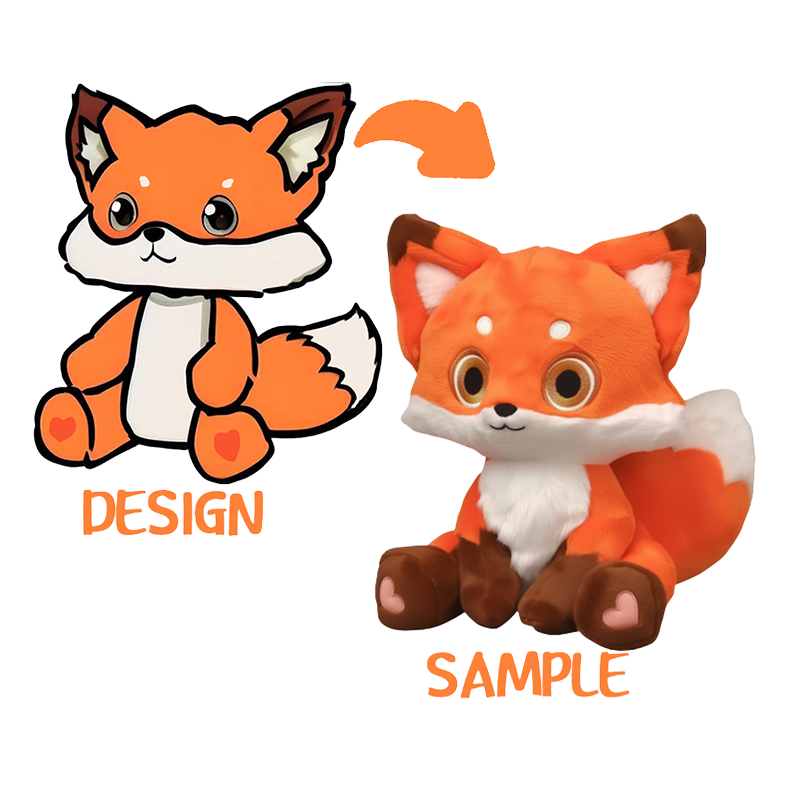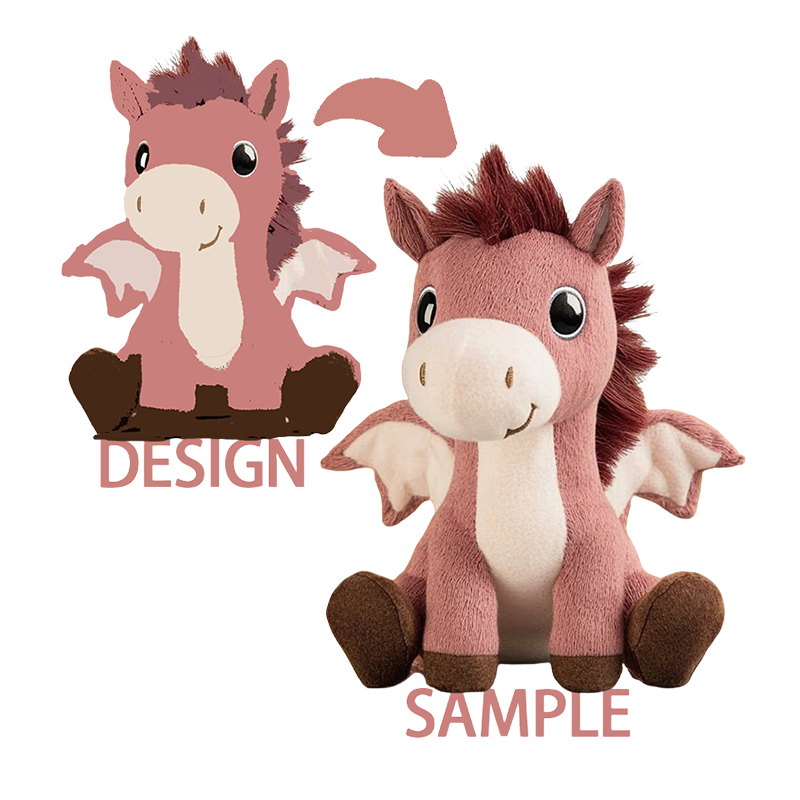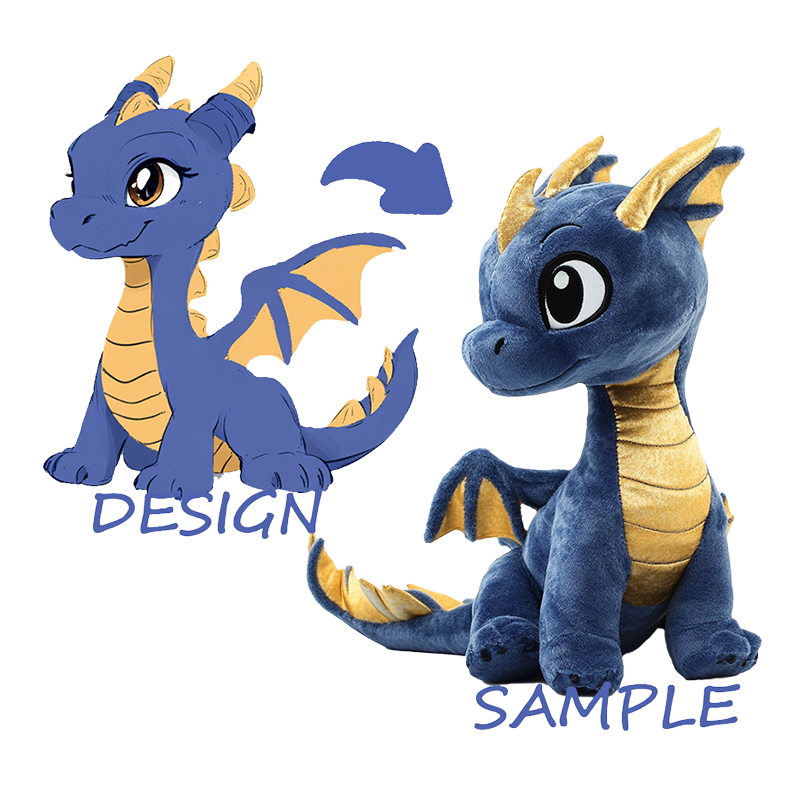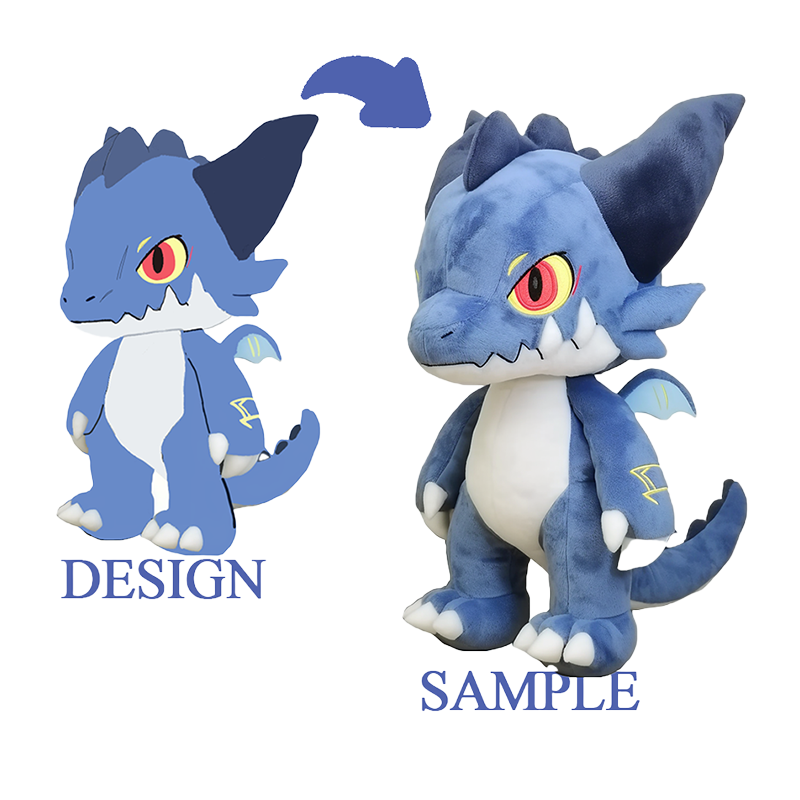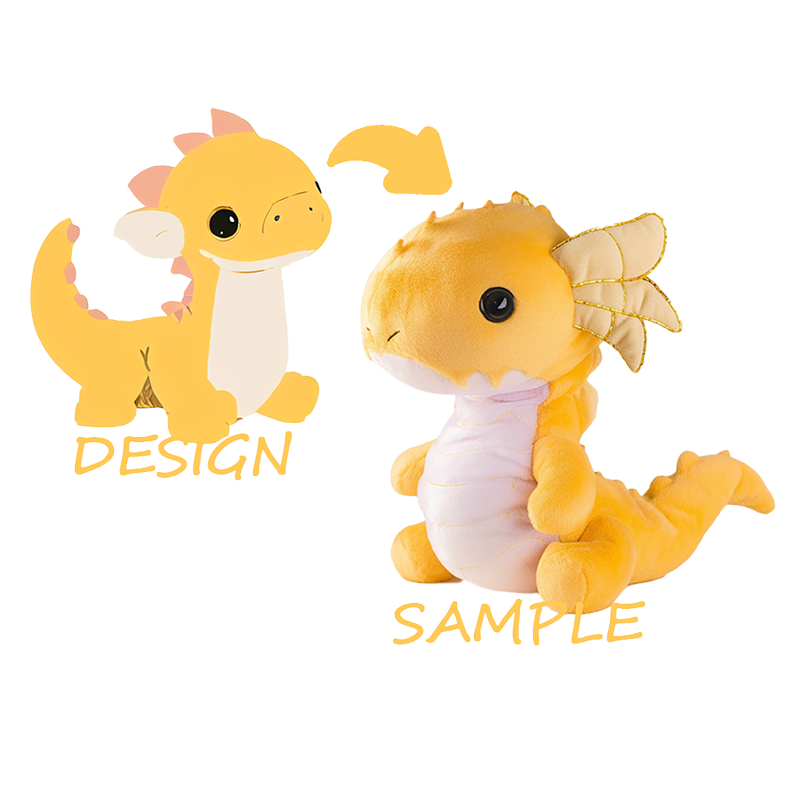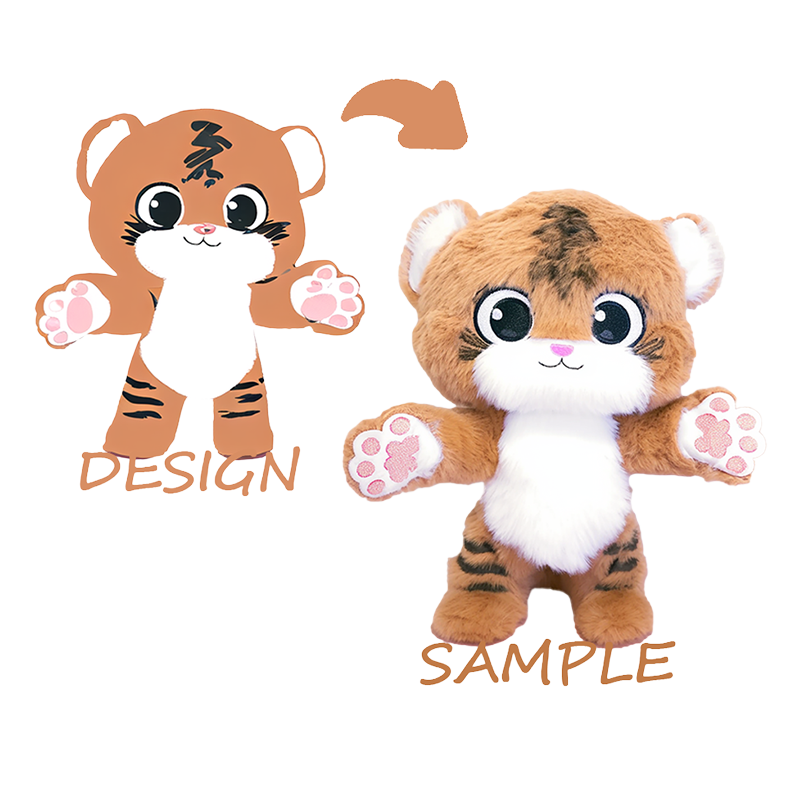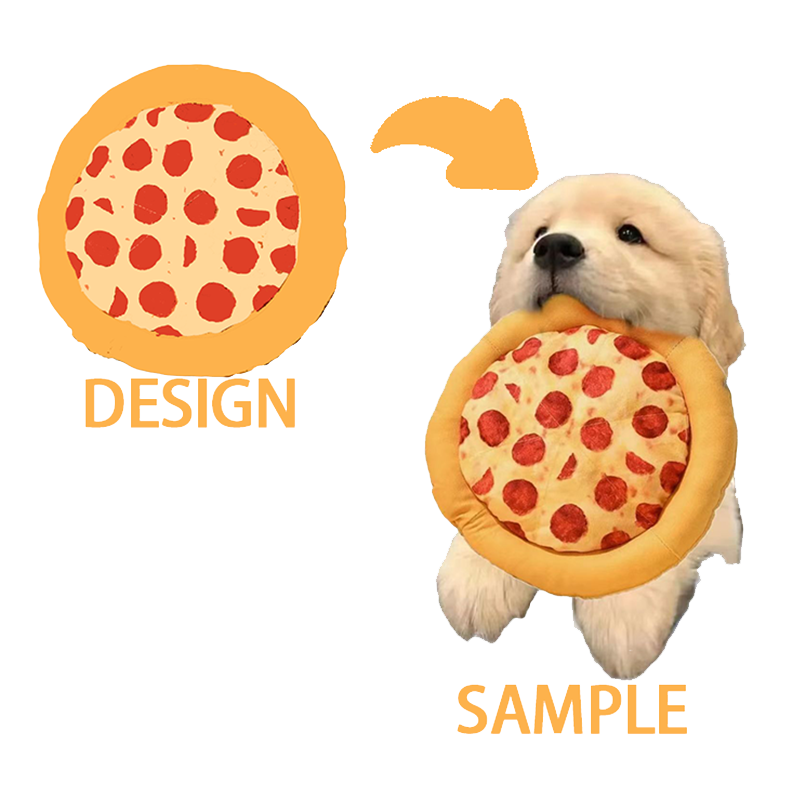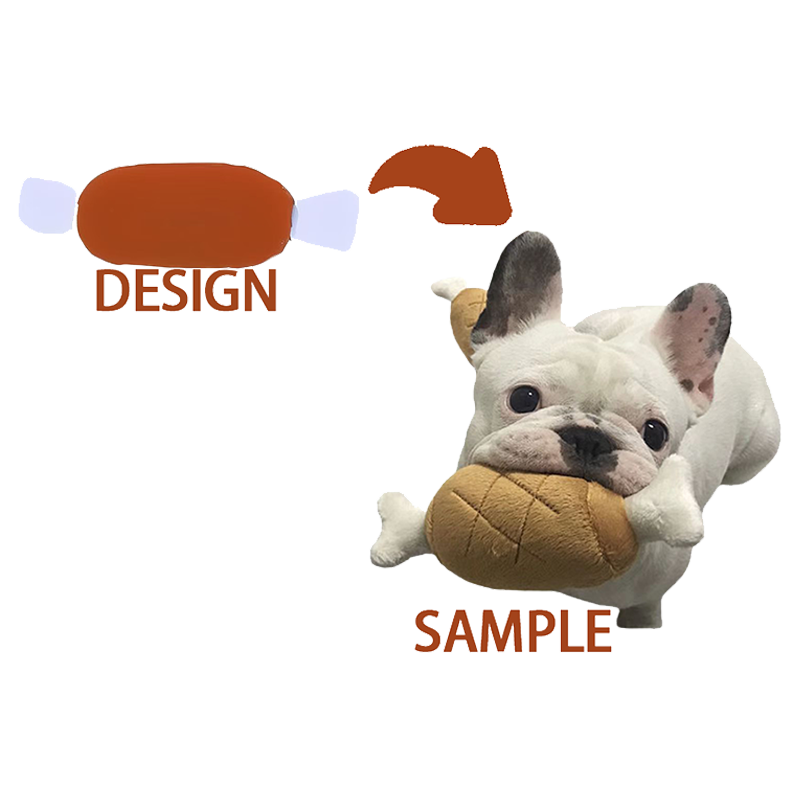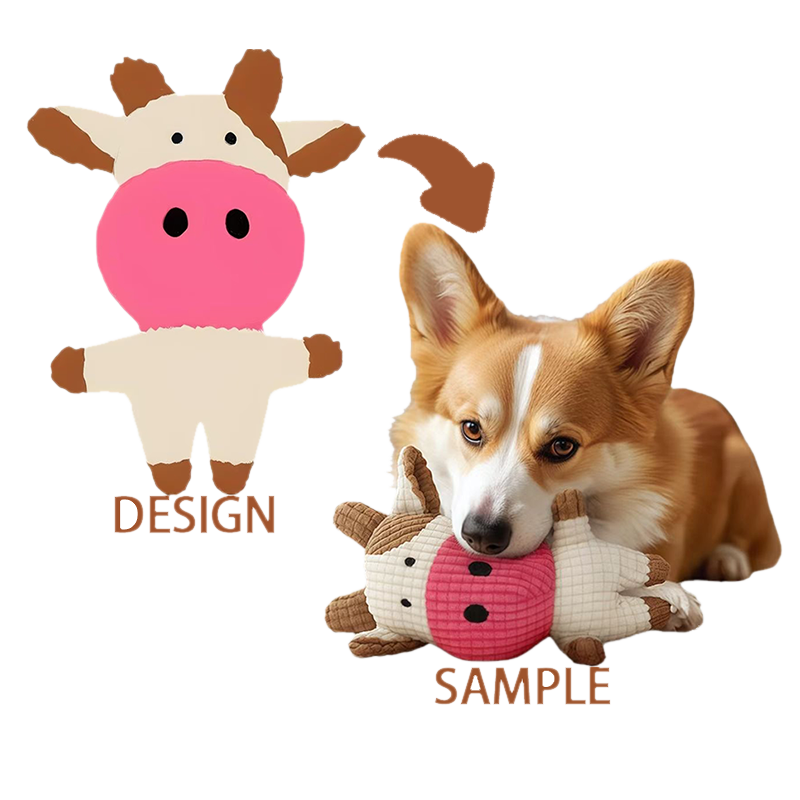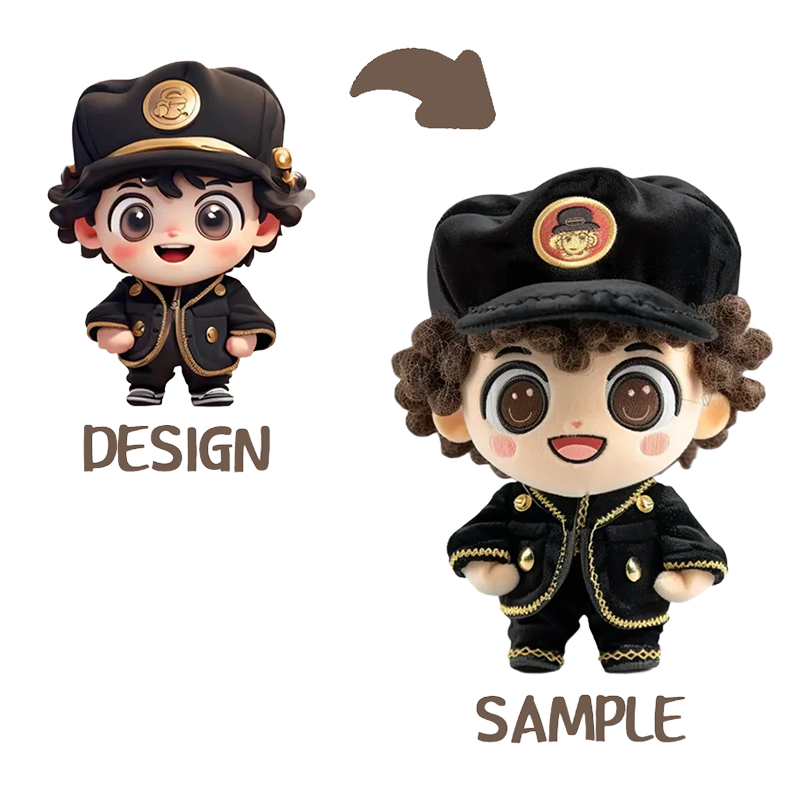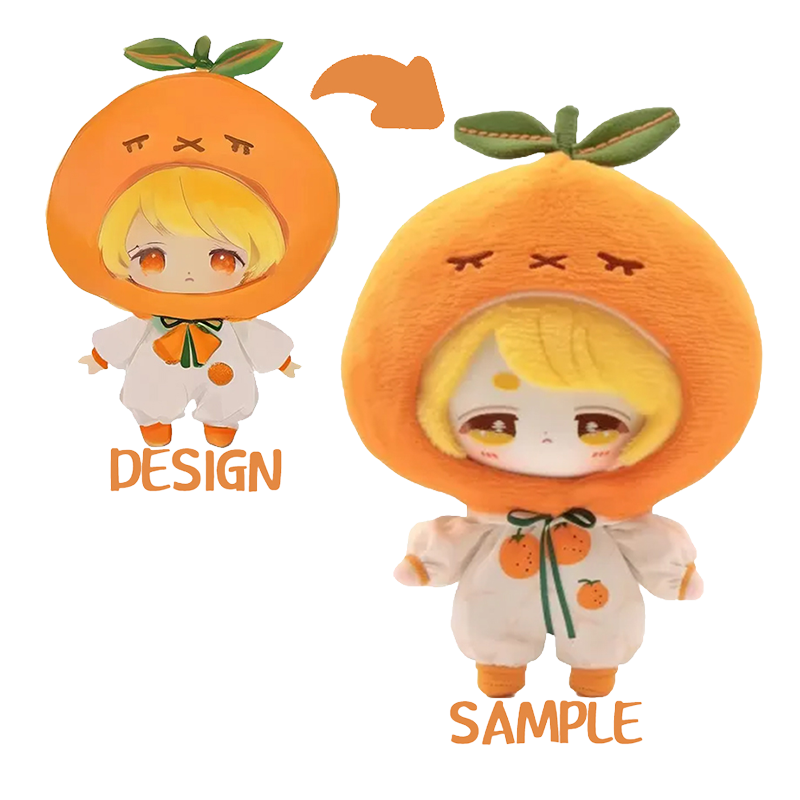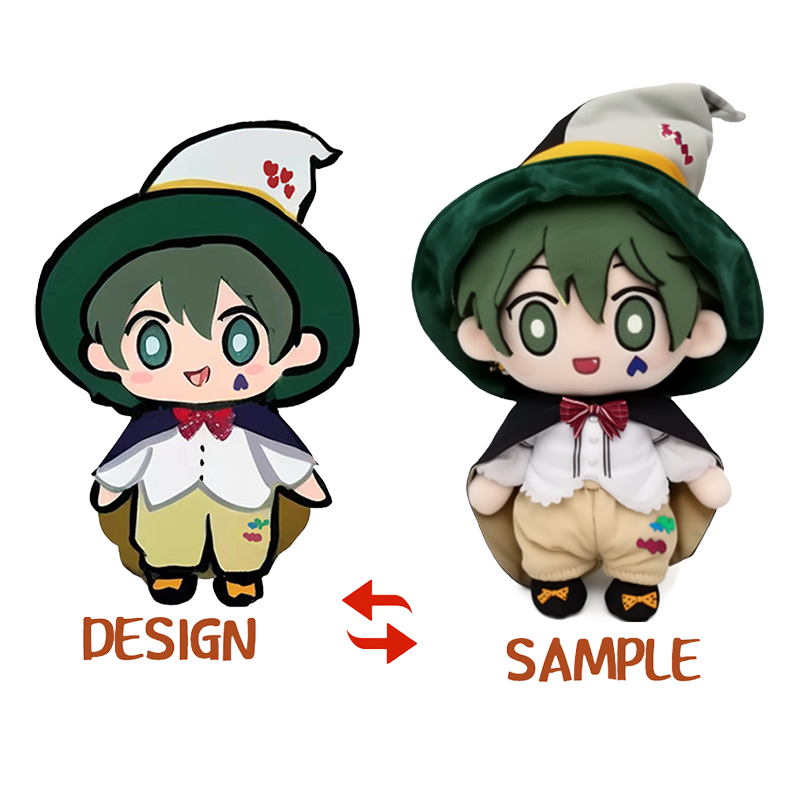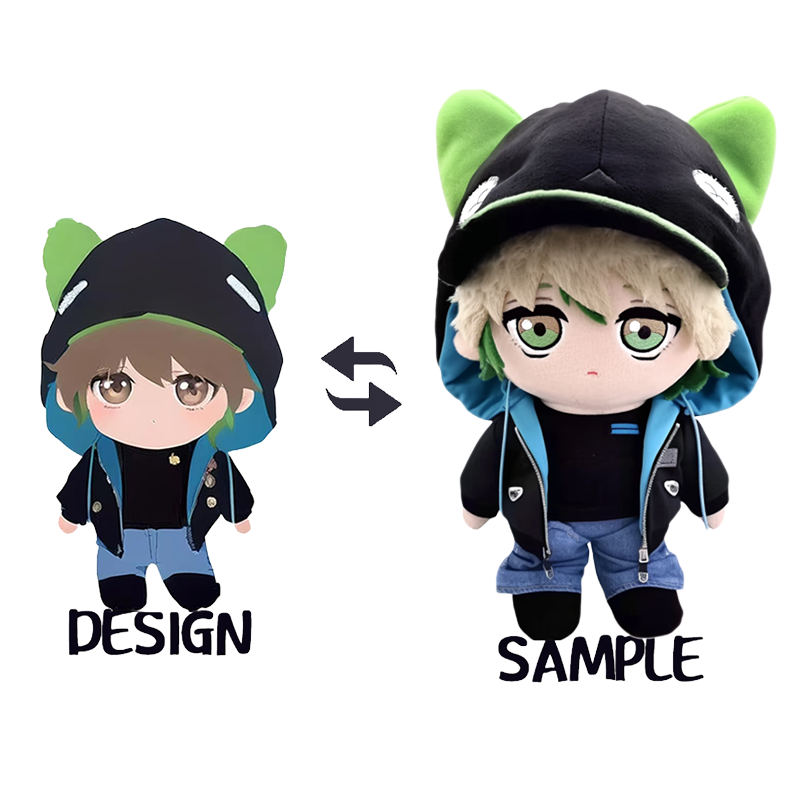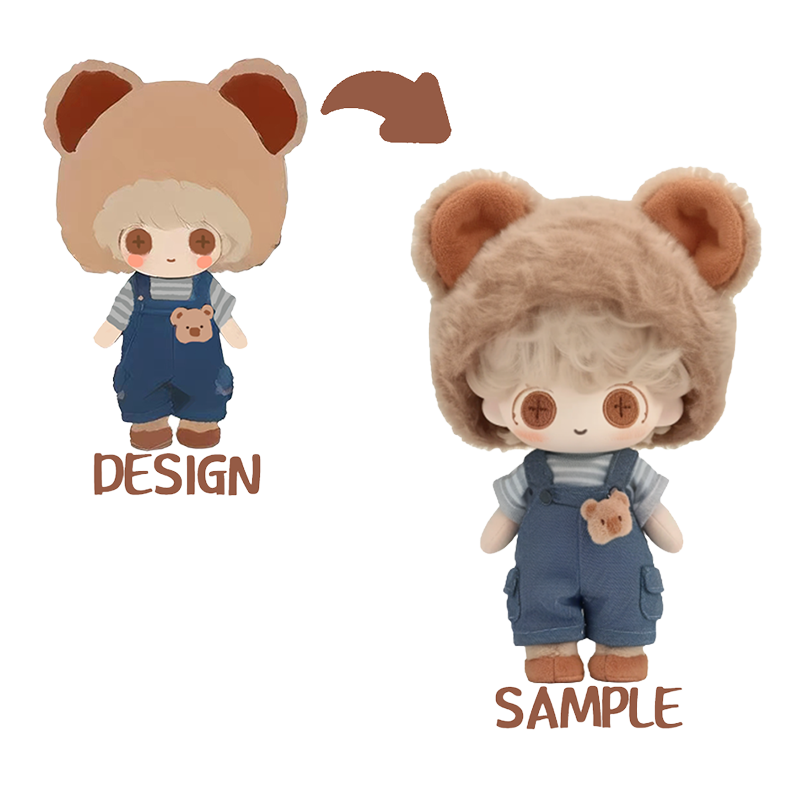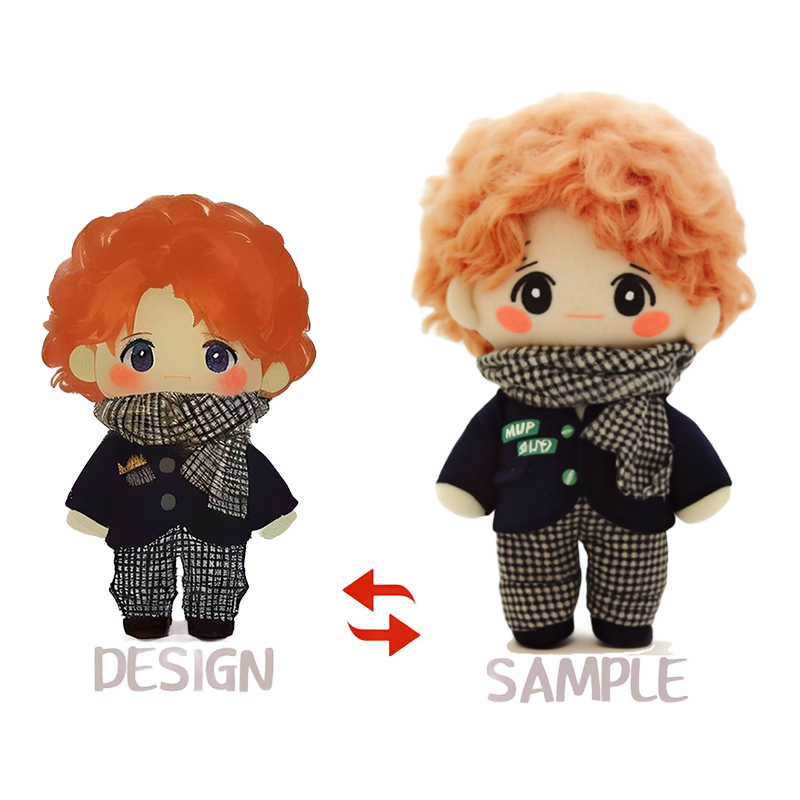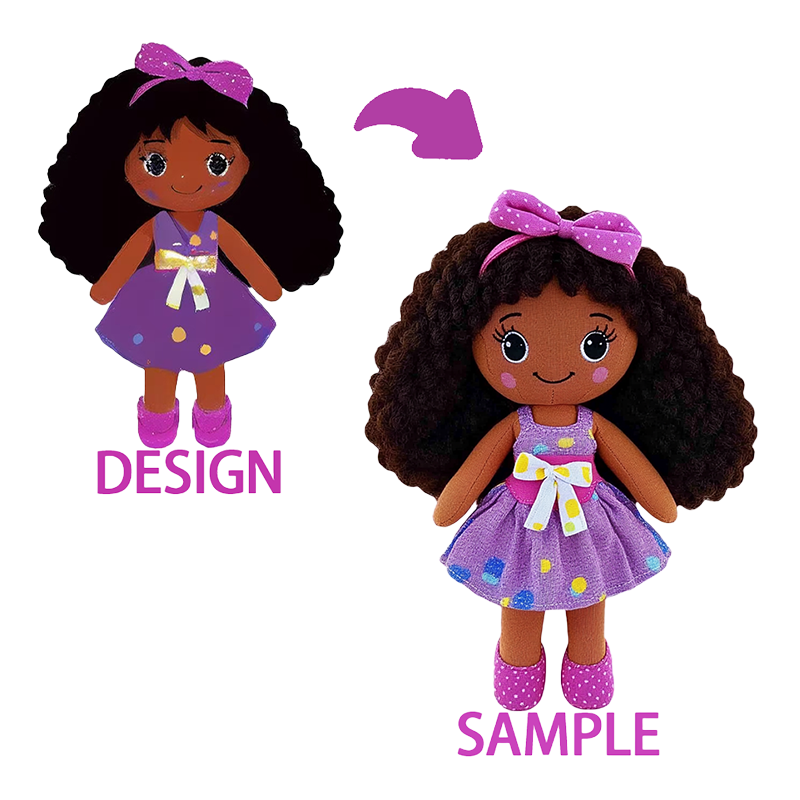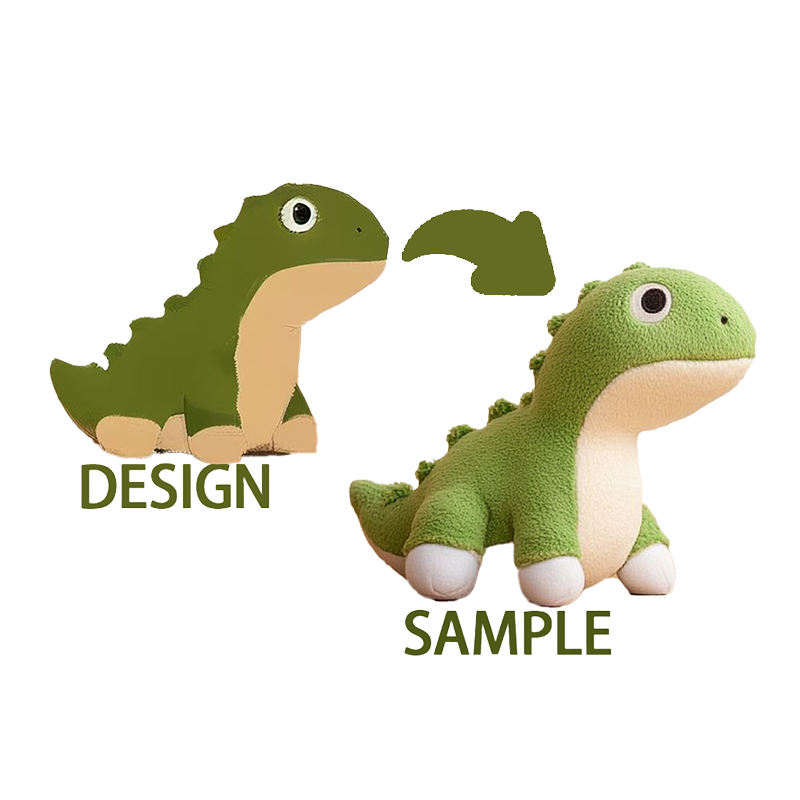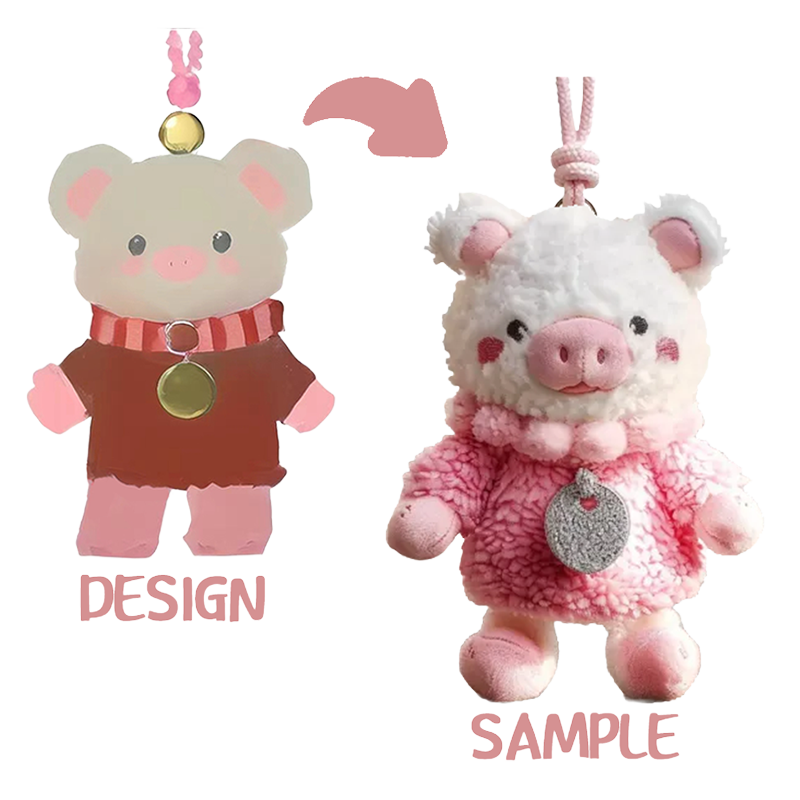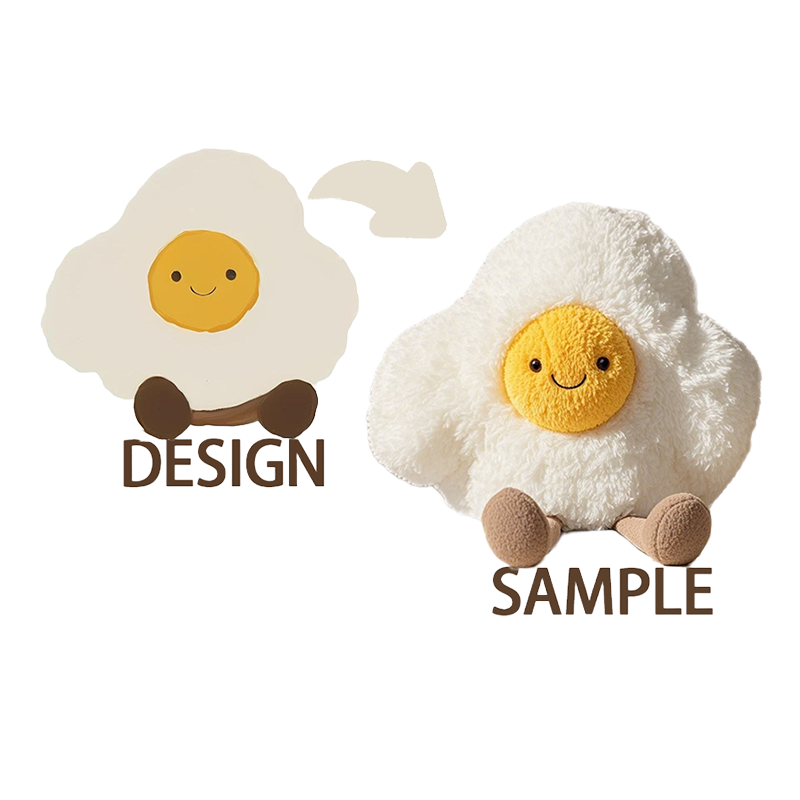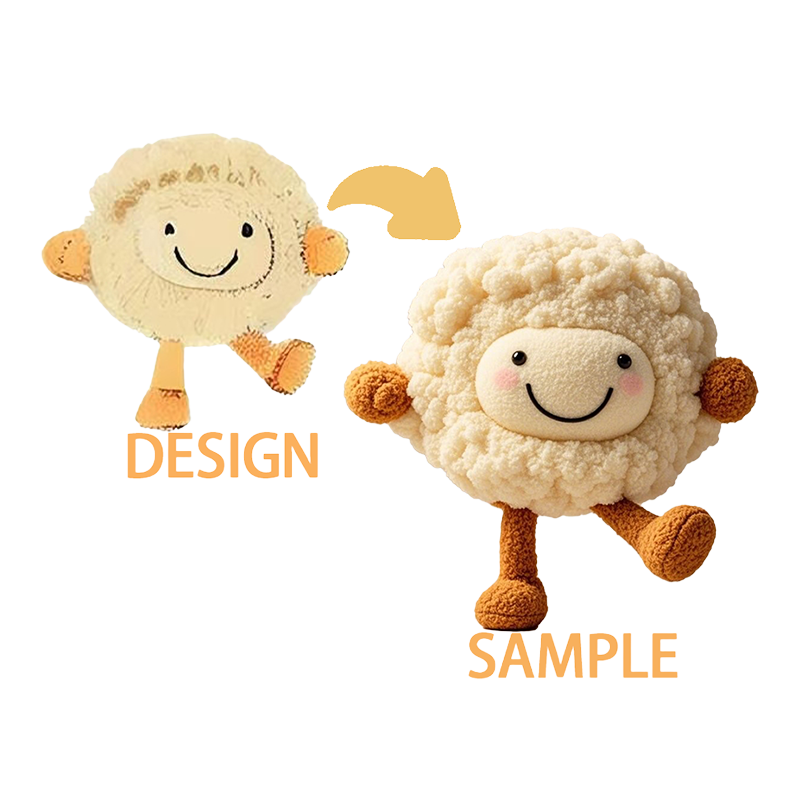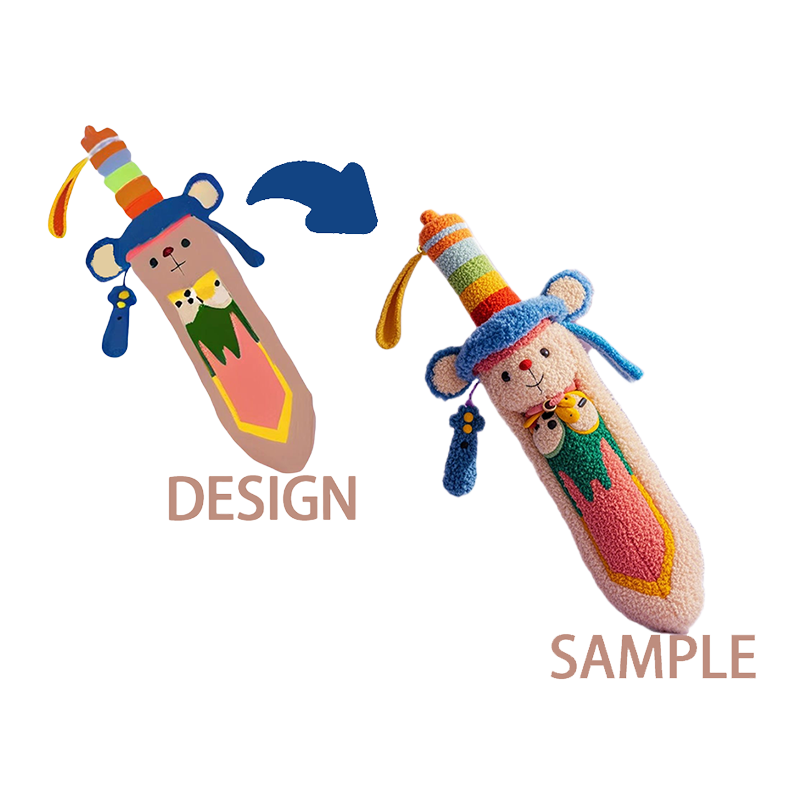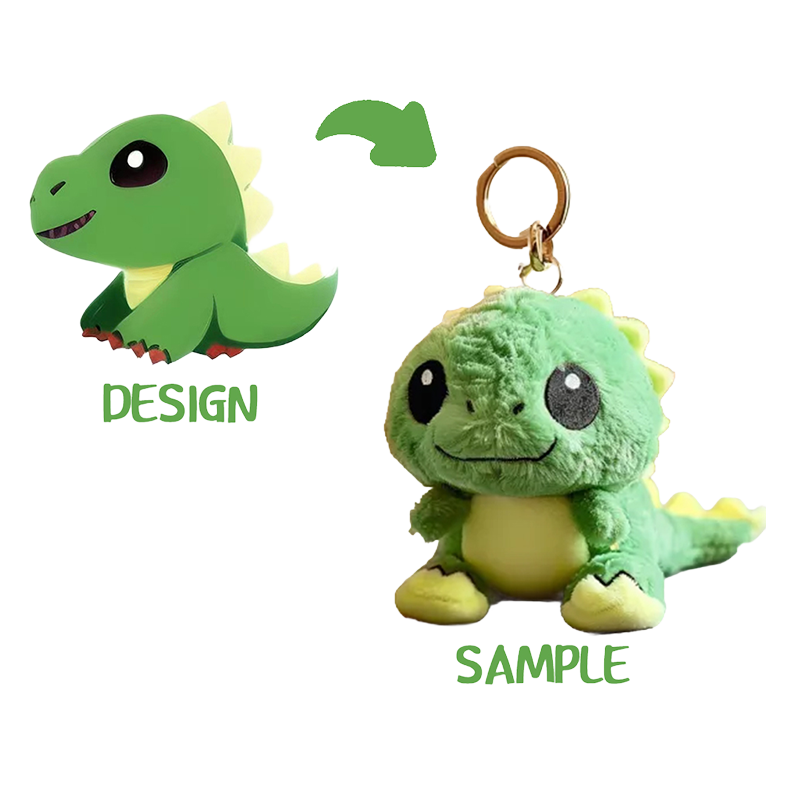Customized pet toys: chewable, interactive, and safer
2025-06-18
Content
- 1 1. Design principles and scientific basis of customized pet chew toys
- 2 2. The core advantages and unique value of customized pet chew toys
- 3 3. Advantages of customized pet chew toys
- 4 4. Benefits of customized chew toys for pets
- 5 5. Daily maintenance points for customized pet chew toys
- 6 6. Professional tips for extending the life of toys
- 7 7. Operational Guidelines for Extending the Life of Customized Pet Chew Toys
- 8 8. When do pet chew toys need to be replaced?
- 9 9. The benefits of customized pet chew toys on pet teeth growth
1. Design principles and scientific basis of customized pet chew toys
In the field of pet care, customized pet chew toys have gradually become an important part of scientific pet care. With the accelerated development of the trend of pet humanization, traditional "one-size-fits-all" pet toys can no longer meet the special needs of pets of different breeds, ages and personalities. Customized solutions are redefining the standards of pet chew toys, providing pet lovers with new options for scientific and personalized pet care.
Customized pet chew toys are not simply "size adjustments", but systematic solutions based on interdisciplinary science. This field integrates multidisciplinary knowledge such as animal behavior, materials engineering, veterinary medicine and product design, and meets the physiological and psychological needs of different pets through scientific methods. Scientifically designed customized chew toys can increase pet satisfaction by 65% and extend the life of toys by more than 3 times, which fully proves the value of scientific design.
Principle of biomechanical adaptation
The core design principle of pet chew toys is mechanical adaptability. The bite force of dogs of different sizes varies greatly. The bite force of small dogs (such as Chihuahuas) is about 150-200N, medium-sized dogs (such as Labradors) reach 300-500N, and large dogs (such as Rottweilers) can exceed 1000N. Customized toys use computer-aided design (CAD) and finite element analysis (FEA) technology to accurately calculate the stress distribution of toys at different bite points, ensuring that the product can withstand the bite force of the target pet and provide appropriate resistance to meet the chewing needs. For example, toys designed for strong chewers usually use hollow structures with reinforced ribs to reduce weight and maintain structural integrity; while toys designed for elderly dogs reduce hardness to avoid tooth damage.
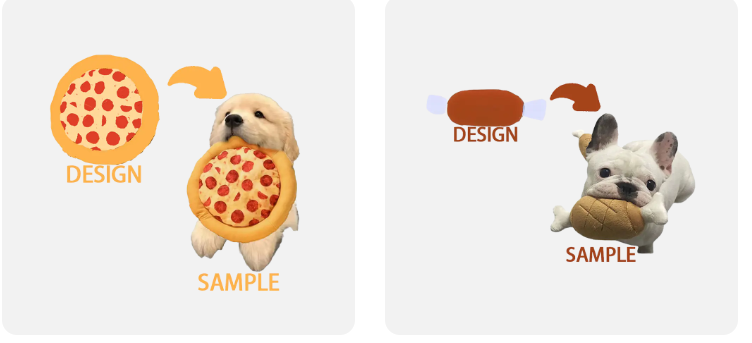
Developmental stage adaptation principle
Pets have completely different needs for chewing toys at different stages of life. Puppies (2-8 months) are in the period of tooth development and need toys with medium hardness (Shore A 70-80) to help relieve teething discomfort, and the concave and convex textures are designed to massage the gums; adult dogs (1-7 years old) prefer toys that are chew-resistant and can clean teeth, and often add grooves to help remove plaque; elderly dogs (over 7 years old) have fragile teeth and need soft materials and easy-to-grip shapes. Customized services recommend the most suitable material and shape combination by evaluating the pet's age, dental condition and chewing habits. Cats have different needs. They prefer slender toys that can simulate the shape of prey and increase their appeal with catnip.
Application of behavioral psychology
Customized chew toys also apply the principles of animal behavior to solve specific behavioral problems. For pets with separation anxiety, toys can have built-in snack compartments to extend exploration time, and pheromone releasers (such as dog appeasement pheromones DAP) can be used to relieve stress; for overexcited pets, irregular bouncing trajectories are designed to consume excess energy; for pets with destructive tendencies, highly chew-resistant toys are provided to meet their instinctive needs. Behavioral scientists have found that scientifically designed custom toys can reduce destructive behavior by 40-60%, while ordinary toys can only reduce it by 15-20%. Special textures on the surface of toys (such as gum massage points) can also stimulate saliva secretion and promote relaxation. This physiological feedback mechanism is used in many anxiety treatment toys.
Table: Differences in chew toy design parameters for dogs of different sizes
|
Body type classification |
Bite force range (N) |
Recommended hardness (Shore A) |
Typical size (cm) |
Structural features |
|
|
Extra small dogs (<5kg) |
100-200 |
60-70 |
8-12 |
Lightweight, high elasticity |
|
|
Small dogs (5-10kg) |
|
65-75 |
10-15 |
Rich texture, easy to grip |
|
|
Medium dogs (10-25kg) |
|
75-85 |
15-20 |
Hollow reinforced structure |
|
|
Large dogs (25-45kg) |
|
80-90 |
20-30 |
Ultra-high bite resistance, multi-form |
|
|
Large dogs (>45kg) |
|
85-95 |
25-35 |
Composite material, reinforced design |
Material interaction science
The selection of materials for custom toys is based on in-depth research on the pet sensory system. The olfactory sensitivity of dogs is 1,000 times that of humans, so many custom toys can add safe odor elements (such as food flavors such as bacon and chicken) according to customer requirements to increase their appeal. Cats are sensitive to specific sounds, so toys with built-in bells or rattling paper are more popular. In terms of material safety, custom toys are tested through in vitro digestion tests (simulating the gastric acid environment) to ensure that even if small pieces are accidentally ingested, they will not cause intestinal obstruction; wear tests (such as 10,000 bite simulations) are used to ensure that no sharp fragments are produced. The latest trend is to use temperature-sensitive materials, which release a trace cooling sensation during chewing, which is particularly suitable for use in hot seasons.
Data-driven personalization
Modern custom services use data-based methods to achieve precise matching. A demand profile is established through a detailed questionnaire filled out by the owner (covering pet breed, age, weight, biting habits, behavioral characteristics, etc.), and then recommended based on 3,000+ cases in the database. Advanced services even require photos of the pet's mouth or bite mark samples to analyze tooth arrangement and bite methods. 3D scanning technology has also begun to be applied to provide completely personalized solutions for pets with special needs (such as dental deformities). This data-driven approach enables the adaptation accuracy of customized toys to reach more than 90%, which is much higher than the 30-40% satisfaction rate of general toys.
The scientific basis of customized pet chew toys embodies the "pet-centric" design philosophy, and creates products that truly conform to the nature of pets by deeply understanding the physiological characteristics and behavioral needs of animals. This scientific and precise design approach not only improves the quality of life of pets, but also sets a new technical standard for the pet products industry. With the deepening of research and the advancement of technology, customized toys in the future will be more intelligent and interactive, and become an important tool for pet health management and behavior correction
2. The core advantages and unique value of customized pet chew toys
It is no accident that customized pet chew toys stand out in the market. Behind them are a series of scientifically verified differentiated advantages. Compared with traditional standardized toys, customized solutions can provide significant improvements in multiple dimensions such as health benefits, behavior correction, user experience and economic value. Research by the American Veterinary Medical Association (AVMA) shows that scientifically customized chew toys can reduce the incidence of oral diseases in pets by 40-60% and extend the life of toys by 2-3 times. These data fully demonstrate its core value. A deep understanding of these advantages will help pet owners make more informed purchasing decisions.
Improve pet gum health
Customized chew toys show professional value in oral health. The cleaning protrusions and grooves designed according to the arrangement of teeth can more effectively remove dental plaque. Clinical data show that the effect is 35-50% higher than that of ordinary toys. The selection of materials with specific hardness avoids the problem of "too soft and ineffective, too hard and hurting teeth", and the gum massage texture stimulates blood circulation and reduces the risk of gingivitis. For pets with special needs, such as individuals with crowded teeth or malocclusion, the completely personalized shape design can prevent abnormal wear. Veterinary research has found that dogs using custom dental toys have a 60% reduction in tartar accumulation and a 75% improvement in bad breath within three years, which are directly related to the overall health and quality of life of pets.
Nutritional supplementation is another health advantage. Many custom toys are designed with snack filling compartments that can be loaded with functional snacks needed by pets (such as tooth cleaning snacks, joint health snacks, etc.), so that they can supplement nutrition or medicine while playing. The intelligent release mechanism ensures that snacks are released slowly and evenly, which not only prolongs the play time but also avoids overeating. Some high-end products even integrate drug sustained-release technology, which is suitable for pets with chronic diseases who need long-term medication. This design that combines entertainment with health management greatly improves treatment compliance, especially for cats who have difficulty feeding medicine.
Behavior correction
Customized toys have unique effects in behavior management. Toys designed for different behavioral problems can more accurately meet the psychological needs of pets: separation anxiety pets are suitable for toys with built-in owner smell; dogs who bark excessively can release energy through concentrated chewing; cats with strong predatory desires need toys that simulate the movement of prey. Behavioral scientists have observed that customized toys can reduce destructive behaviors (such as furniture chewing) by 50-70%, while ordinary toys can only achieve 20-30% of the effect. This is due to the in-depth consideration of pet instincts and individual differences in customized products. For example, working dogs need more difficult intellectual toys to consume their energy, while companion dogs may prefer highly interactive designs.
Cognitive stimulation is an important aspect of behavioral advantage. Customized toys with modular designs allow the difficulty to be adjusted according to the intelligence level of the pet, such as puzzle toys with adjustable difficulty or snack exploration toys with staged challenges. Neuroscience research shows that elderly dogs who regularly use such customized intellectual toys have a 40% lower incidence of cognitive dysfunction than the control group and perform better in memory tests. For puppies, scientifically designed chew toys can help establish correct chewing habits and avoid the development of destructive behaviors in the future. The value of this preventive behavior correction is the reason why customized toys are increasingly respected by dog trainers.
Safety performance advantages
Customized toys have higher standards in terms of safety assurance. In terms of material selection, harmful substances such as phthalates and BPA are completely avoided, and safe materials such as food-grade silicone or medical TPE are used. The structural design has undergone rigorous mechanical testing to ensure that no sharp edges will be formed even if it is bitten hard. The size is completely customized according to the size of the pet's mouth, which greatly reduces the risk of accidental swallowing (according to statistics, the accident rate of accidental swallowing of customized toys is 90% lower than that of general toys). The high-temperature resistant design allows regular boiling and disinfection, which is especially suitable for pets with low immunity. These safety features make customized toys the preferred choice recommended by veterinarians, especially for puppies, elderly dogs and pets with pica.
Durability is an extension of the safety advantage. The structural reinforcement designed according to the bite force of the target pet makes the service life of customized toys generally reach 6-12 months, which is more than 3 times that of ordinary toys. Wear resistance tests show that toys customized for strong chewers can withstand more than 50,000 bites without breaking, and the material loss rate is less than 0.1mm/thousand times. This durability not only saves the cost of frequent replacement, but more importantly, avoids the risk of pets swallowing broken toy fragments. Some high-end products are also equipped with wear indicators. When the toy is worn to a critical point, the color will change to remind the owner to replace it in time.
3. Advantages of customized pet chew toys
Personalized design to meet different needs
Each pet has different body shape, bite force, preferences and health conditions. Customized chew toys can be designed according to the specific situation of the pet, for example:
Body size adaptation: The size of chew toys for small dogs and large dogs varies greatly. Customization can ensure that the toy is of the right size to avoid problems such as accidental swallowing or inability to bite.
Bite force adaptation: The dental conditions of puppies, adult dogs and elderly dogs are different. Customized toys can choose materials of different hardness to avoid tooth damage.
Special needs: For example, some pets have separation anxiety and need more bite-resistant toys; some pets have sensitive mouths and need softer materials.
Safe and healthy, avoid inferior materials
Cheap chew toys on the market may contain harmful chemicals, such as plasticizers, heavy metals, etc., which may harm the health of pets if used for a long time. Customized chew toys usually use safe materials such as food-grade silicone, natural rubber, pollution-free cotton rope, etc. to ensure that pets will not ingest harmful ingredients when chewing.
Enhance interactivity and increase pet interest
Customized toys can add the pet's name, favorite color or shape, and even have a built-in snack compartment to increase interactivity and fun. For example:
Engraving service: engrave the pet's name on the toy to enhance the sense of belonging.
Fillable snacks: Hollow-designed toys can be stuffed with pets' favorite snacks to extend play time.
Special shapes: such as bones, fish shapes, cartoon images, etc., to attract pets' attention.
Strong durability and higher cost-effectiveness
Ordinary toys may be bitten in a few days, while customized toys can choose more durable materials according to the pet's biting habits, such as high-density rubber or tear-resistant fabric, to extend the service life and reduce the cost of frequent replacement.
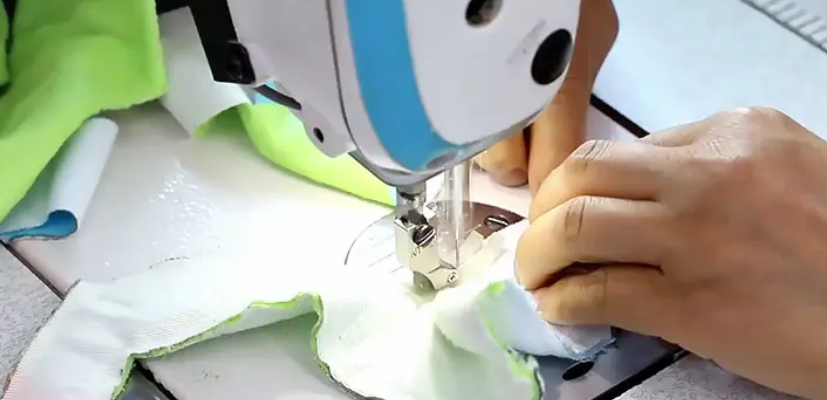
4. Benefits of customized chew toys for pets
- Promote oral health
Reduce dental calculus: The friction of chew toys can help clean teeth and prevent periodontal disease.
Relieve discomfort during tooth replacement: Puppies can relieve gum itching and pain by chewing toys during the teething period.
- Relieve anxiety and stress
Separation anxiety: When pets are alone at home, chew toys can distract their attention and reduce destructive behavior.
Energy release: High-energy dog breeds (such as Border Collies and Huskies) can consume physical energy by chewing and avoid destroying the house.
- Prevent obesity
Chew toys can prolong eating time, especially those that can be filled with snacks, which can slow down eating speed and avoid obesity caused by overeating.
- Enhance human-pet interaction
Customized toys can be used in combination with training, for example:
Reward toys: used as rewards during training to enhance pets' motivation to learn.
Interactive games: owners can play tug-of-war, chase and other games with their pets to enhance their relationship.
Custom toys use medical grade hardness standards (Shore hardness):
|
Pet Type |
Recommended Hardness Range |
Function |
|
Puppies (2-6 months) |
20A-40A |
Relieve Teething Discomfort |
|
Adult dogs |
50A-70A |
Effectively clean dental plaque |
|
Old dogs |
30A-50A |
Protect fragile tooth enamel |
|
Strong bite breeds |
80A-90A |
Meet bite needs without damaging teeth |
Allergen control program
For pets with sensitive constitutions, customized services can:
Completely avoid common allergy materials (such as latex)
Use medical-grade stainless steel molds to avoid cross contamination
Provide material safety certification reports (FDA/CE)
- Behavior modification tools
Professional intervention for separation anxiety
Customized toys relieve anxiety through the following designs:
Built-in owner scent capsule compartment (to put the owner's used products)
Precise control of interaction time (15/30/45 minutes options)
Progressive independent training system (with accompanying user guide)
Case: An abandoned golden retriever reduced its destructive behavior from 5 times a day to 1 time a week through scent customized toys.
Overexcited energy management
Customized solutions for high-energy dog breeds:
Maze-style snack release system to extend focus time
Adjustable difficulty setting (beginner/advanced mode)
Pull structure design that consumes physical energy
Correction of bad chewing habits
Guiding correct chewing through shape customization:
Protective outer edge design (anti-furniture chewing transfer)
Taste-guided texture (attract pets to focus on toys)
Wrong chewing warning system (harmless bitter coating)
5. Daily maintenance points for customized pet chew toys
Check the status of toys regularly
Customized toys are usually made of high-quality materials, but they still need to be checked regularly to avoid potential risks:
Surface damage: Check for cracks, fragments or sharp edges to prevent pets from accidentally ingesting or cutting their mouths
Structural integrity: Especially for toys with hollow designs, ensure that the filling compartment is well sealed to prevent snack residues from breeding bacteria
Material aging: If TPE/rubber toys harden or change color, it may mean that the material is degraded and needs to be replaced
Basic cleaning after use
Rinse immediately: After the pet plays, rinse off saliva and dirt on the surface with warm water to prevent bacterial growth
Avoid chemical residues: Choose a pet-specific cleaner or mild soapy water and rinse thoroughly until there is no foam
Special structural treatment: Textured chew toys need to be cleaned with a soft brush in the grooves
Storage environment control
Dry and ventilated: Humid environments are prone to mold growth, especially wooden and plush toys
Store away from light: TPE/rubber toys should be kept away from direct sunlight to prevent high temperatures from accelerating material aging
Place separately: Avoid friction with other toys to cause deformation or contamination
Safe disinfection method table:
|
Method |
Applicable materials |
Operation points |
|
Hot water soaking |
High temperature resistant rubber/silicone |
80℃ hot water soaking for 10 minutes to kill most pathogens |
|
Ultraviolet disinfection |
All materials |
Use household UV lamp to irradiate for 30 minutes, pay attention to turn the toy to ensure full coverage |
|
Steam disinfection |
Toys without electronic components |
Steam hanging iron spray at a distance of 20cm, avoid direct contact with high temperature |
|
Food grade disinfectant |
TPE/plastic |
Soak in hypochlorous acid (50ppm) for 5 minutes and rinse thoroughly |
Recommended disinfection frequency
- Daily use: basic disinfection once a week (such as ultraviolet light)
- Households with multiple pets: disinfect after each play to prevent cross infection
- During illness: disinfect every day until the pet recovers
6. Professional tips for extending the life of toys
Repair minor damage
TPE/rubber cracks: fill with food-grade silicone glue and cure for 24 hours before use
Plush toy open: sew with double-strand cotton thread and tie knots for reinforcement
Functional maintenance
Stuffable toys: regularly check the seal of the snack bin to prevent leakage
Sounding toys: avoid washing the sounder with water and wipe the surface with alcohol pads
Rotation strategy
Prepare 2-3 sets of the same toys for rotation to reduce wear on a single piece
Adjust the hardness of the toy according to the change in the pet's bite force (such as using soft TPE for elderly dogs)
Cleaning solutions for different materials
Rubber/TPE toys
Steps: Soak in warm water below 40℃, use a pet-specific toothbrush to clean the texture. Spray with food-grade disinfectant and dry completely after cleaning (at least 6 hours).
Fabric toys
Machine wash procedure: Put in a laundry bag, select the "hand wash" mode, the water temperature during washing should be ≤30℃, and pat the filling gently when drying naturally.
Wooden toys
Professional care: Wipe with white vinegar solution (1:1), then polish with fine sandpaper (120 mesh), and maintain with food-grade wood wax oil.
Comparison of disinfection methods
|
Disinfection method |
Applicable materials |
Frequency |
Precautions |
|
Steam disinfection |
High temperature resistant materials |
Once a week |
Keep 20cm distance |
|
Ultraviolet disinfection |
All materials |
Once every 3 days |
Ensure all-round irradiation |
|
Ozone disinfection |
No metal parts |
Once a month |
Ventilate for 24 hours after disinfection |
|
Boil in boiling water |
Pure silicone |
Once a month |
No more than 5 minutes |
7. Operational Guidelines for Extending the Life of Customized Pet Chew Toys
In the pet products market, customized pet chew toys are highly favored for their uniqueness and personalized design. These small items specially made according to the pet's body shape and biting habits often carry the owner's special feelings for his pet. However, many pet owners have experienced such frustration - carefully selected or customized chew toys fall apart in the mouths of their furry children within a few days. Extending the life of these customized toys is not only about economic considerations, but also a kind of cherishing resources and being responsible for the safety of pets. To make these special toys accompany pets longer, you need to pay attention to every link from selection, use to maintenance.
Daily maintenance is the key link to extend the life of toys. Regular cleaning can not only remove accumulated saliva and bacteria, but also detect minor damage in time. For rubber toys, warm water and mild soap are the best cleaning agents. Avoid using strong corrosive chemicals such as bleach, which will accelerate the aging of materials. When drying, be careful to avoid direct sunlight, because ultraviolet rays will make many polymer materials brittle. Knitted toys can be occasionally placed in the freezer for low-temperature disinfection. The cold can not only kill some bacteria, but also temporarily shrink the fibers and restore a certain degree of elasticity. When you find small cracks or obvious wear on a toy, you should consider "retiring" or repairing it. Continued use may cause the risk of fragments being ingested by pets.
The impact of pet behavior on the life of toys cannot be ignored. Pets with strong chewing needs may need more guidance. Adequate daily exercise can consume excess energy and make chewing behavior calmer. Providing chew toys at specific times, such as when the owner is away from home or before going to bed, can establish a good habit of use. Sometimes toys are damaged prematurely because pets are anxious or bored. At this time, it is more important to solve the underlying behavioral problems than to replace the toys. Training pets to treat toys "gently" is also a feasible way. Give them rewards when they play gently, and temporarily take away the toys when they bite them roughly. Over time, pets will learn to control the strength of their bites.
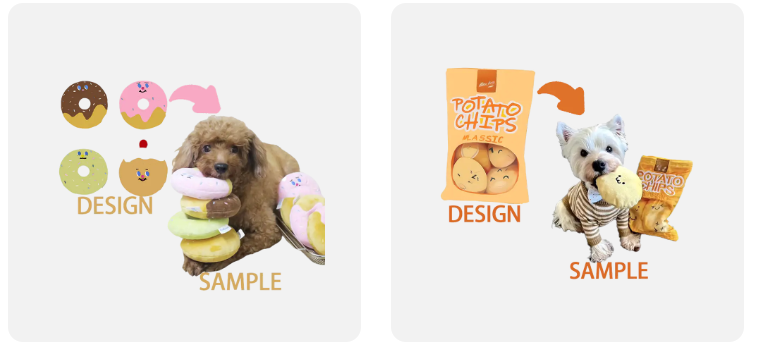
In the final stage of the toy's life cycle, it is crucial to determine when to completely replace it. Overused toys may look intact on the surface, but the internal structure is loose, and continued use may pose a safety hazard. Regularly check the elasticity, odor and surface condition of the toy. When it is found to be obviously hardened, deformed or emitting odor, it should be replaced decisively even if the appearance is still acceptable. Some custom toy brands offer trade-in services, where old toys will be professionally recycled, which is both environmentally friendly and allows owners to feel more at ease buying new products for their pets.Extending the life of custom pet chew toys is essentially a practice of patience and observation. It requires us to go beyond the simple "buy-discard" cycle and establish a deeper relationship with objects. When we learn to look at these toys with a more detailed eye, we can not only save money, but also cultivate a cherishing attitude towards the material world. For pets, carefully selected and maintained toys will become a stable and reliable source of happiness in their daily lives.
Maintenance Tips for Natural Rubber Toys
Natural rubber is one of the most popular materials for customized chew toys, with excellent elasticity and durability. To extend the life of these toys:
Apply a thin coat of food-grade petroleum jelly monthly to keep the material flexible
Avoid contact with oily substances, including pet shampoo and human skin care products
Use a breathable cotton bag when storing to prevent oxidation and deterioration
Let dry completely after cleaning to prevent water stains from remaining and causing material changes
Special care for TPE/silicone toys
Thermoplastic elastomer (TPE) and food-grade silicone toys require special attention:
Soak in a baking soda solution (1 tablespoon baking soda to 1 liter of water) for 30 minutes every week to remove odors
Be sure to wipe off all moisture with a dry cloth after cleaning to prevent water stains from remaining
Avoid long-term contact with dark fabrics to prevent staining
Check the surface regularly for small cracks and deal with them in time
Maintenance tips for fabric/cotton rope toys
Cotton rope and fabric toys are easy to harbour dirt and require more frequent cleaning:
Flap to remove surface hair and debris after each use
Untie the knots weekly to remove residues in the crevices
Put a few tennis balls in the machine wash to help beat and clean
Keep the original shape when drying to prevent deformation
8. When do pet chew toys need to be replaced?
Material changes: observation from micro to macro
Signs of material degradation of rubber/TPE toys
Surface stickiness: When the surface of the toy becomes sticky, it means that the plasticizer in the material has begun to precipitate. This chemical may harm the health of pets
Loss of elasticity: It cannot rebound or rebounds slowly after pressing with fingers (test method: press with thumb for 3 seconds and observe the recovery time)
Color change: The original bright color fades significantly or uneven color spots appear
Hardness change: Scratching with fingernails will cause obvious scratches (new products should only leave slight marks)
Wear characteristics of fabric/cotton rope toys
Fiber Fiber breakage: a single yarn breaks more than 30% of the total area (more accurate observation with a magnifying glass)
Loose knots: the main load-bearing knots are displaced more than 3mm
Exposed filling: the internal filling material needs to be replaced if it is seen (especially polyester fibers that may be ingested by mistake)
Signs of deterioration in wooden toys
Mold spots: black or green spots can still be seen even after treatment with bleach
Crack extension: the length of the crack exceeds 1/5 of the total length of the toy or the depth exceeds 2mm
Odor residue: sour or moldy odors appear (even after drying)
Structural integrity: the bottom line for safe use
Damage risk assessment
Fragment hazard: fragments that can be bitten off by pets appear in any part (test method: simulate biting with pliers)
Sharp edges: fibers can be hooked when wiping with a cotton swab (in accordance with ASTM F963 sharp point test standard)
Component detachment: sounder, bell and other accessories are at risk of loosening
Functional failure judgment
Stuffed toys: loss of sealing of snack bin (leakage occurs after shaking after filling with flour)
Interactive toys: mechanism stuck or abnormal resistance of moving parts (50% more force is required than new products)
Educational toys: deformation of maze passage causes rewards to fail to fall normally
Hygiene status: invisible health threats
Microbial contamination indicators
Biofilm formation: the surface appears greasy and cannot be removed even with detergent (indicating bacterial biofilm)
Stubborn odor: odor still exists after the following treatments:
Soak in baking soda for 24 hours
White vinegar steam treatment
UV disinfection for 30 minutes
Pigment penetration: stains have penetrated into the material for more than 3mm (cross-section observation)
Cleaning and anti- Sexuality level
According to the standard, the following situations need to be replaced:
Rubber toys: >100 CFU/cm² of bacteria can still be detected in the surface pores after cleaning
Fabric toys: Visible stains after machine washing 3 times
Wooden toys: The moldy area exceeds 10% of the total surface area
Pet behavior changes: the most direct signal
Use interest assessment
Active avoidance: Placing toys in the pet activity area for 3 consecutive days without interaction
Play time: Single use time is reduced to less than 1/3 of the original
Alternative behavior: Start chewing furniture or other non-toy items
Monitoring for abnormal reactions
Oral discomfort: Frequent scratching of the mouth or increased drooling after playing
Digestive abnormalities: Toy fibers can be seen when vomiting or defecating
Allergic reactions: Redness around the eyes or itchy skin (especially after using old plush toys)
9. The benefits of customized pet chew toys on pet teeth growth
Key stages of pet tooth development
Pet tooth growth is divided into three key periods, and each stage has different requirements for chewing toys:
Deciduous teeth period (2-6 weeks): swollen and itchy gums, soft silicone toys (Shore hardness 20A-40A) are needed to relieve discomfort
Tooth replacement period (3-7 months): deciduous teeth fall out and permanent teeth erupt, medium-hard rubber toys (50A-70A) are needed to guide correct bite
Permanent teeth period (8 months and above): functional toys are needed to maintain periodontal health, such as TPE toys with cleaning textures
Scientific basis for customized design
Customized toys achieve the best effect by accurately matching pet oral parameters:
Occlusal surface topology analysis: friction texture is designed according to canine tooth morphology
Mechanical distribution optimization: toy rigidity is adjusted through finite element analysis to avoid excessive local stress and damage to tooth enamel
Saliva pH adaptation: special materials can release minerals during chewing to neutralize the acidic environment of the oral cavity
Benefits of customized chew toys for tooth growth
Promote normal tooth development
Bite guidance: arc-shaped toys designed for short-nosed dogs (such as French bulldogs) can prevent deformities such as overbite
Jaw exercise: high-density toys can strengthen the mandibular muscles of large dogs and avoid double teeth
Eruption assistance: hollow toys can store cold water to relieve gum swelling and pain during tooth replacement
Plaque and tartar prevention and control
Mechanical cleaning: patents show that the surface texture of ETPU toy balls can remove 78% of plaque
Chemical action: toys containing enzyme preparations (such as glucose oxidase) can decompose plaque matrix
Saliva stimulation: concave and convex texture design increases saliva secretion by 2.3 times and enhances the self-cleaning ability of the oral cavity
Tooth enamel strengthening and repair
Mineral supplementation: special formula toys can release calcium, phosphorus and other ingredients to form a 5μm protective film on the tooth surface
Wear resistance balance: customized hardness to avoid excessive wear (the hardness of toys for elderly dogs is controlled at 30A-50A)
Periodontal tissue health maintenance
Gum massage: promotes blood circulation in the gums
Inflammation control: Toys containing tea tree oil can reduce the incidence of gingivitis by 42%
Occlusal decompression: elastic materials disperse bite force and prevent alveolar bone resorption
Behavioral and psychological synergistic benefits
Anxiety relief: toys with built-in owner scent capsules can reduce stressful chewing behavior by 33%
Concentration improvement: maze-style snack toys extend the average chewing time to 45 minutes
Error correction: bitter coated toys can effectively divert the desire to chew furniture
Customized solutions for pets with special needs
- Management of baby teeth for puppies
Temperature control: Freezable silicone toys relieve teething pain
Nutritional supplements: Toys that can be filled with calcium milk provide developmental support
- Oral care for older dogs
Humidity maintenance: Porous toys slowly release after soaking in water to prevent dry mouth
Protection of fragile teeth: Memory foam composite material prevents crown fracture
Drug delivery: Hollow structure can be filled with periodontal drugs
- Adaptive design for special breeds
Short-nosed dogs: shorten toy length (<5cm) to prevent suffocation
Shepherd dogs: Ultra-high hardness (90A) meets the biting needs of working dogs
Toothless pets: Ultra-soft silicone toys provide gum stimulation
We specialize in the design and production of plush toys to provide customers with unique customized services

 English
English 中文简体
中文简体